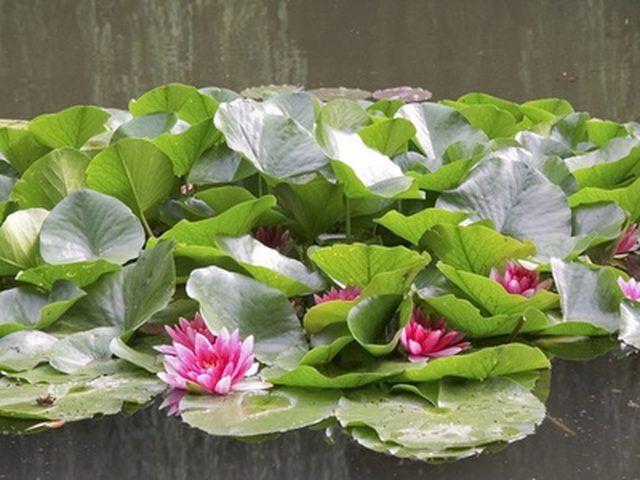Bulbs
Flower Basics
Flower Beds & Specialty Gardens
Flower Garden
Garden Furniture
Garden Gnomes
Garden Seeds
Garden Sheds
Garden Statues
Garden Tools & Supplies
Gardening Basics
Green & Organic
Groundcovers & Vines
Growing Annuals
Growing Basil
Growing Beans
Growing Berries
Growing Blueberries
Growing Cactus
Growing Corn
Growing Cotton
Growing Edibles
Growing Flowers
Growing Garlic
Growing Grapes
Growing Grass
Growing Herbs
Growing Jasmine
Growing Mint
Growing Mushrooms
Orchids
Growing Peanuts
Growing Perennials
Growing Plants
Growing Rosemary
Growing Roses
Growing Strawberries
Growing Sunflowers
Growing Thyme
Growing Tomatoes
Growing Tulips
Growing Vegetables
Herb Basics
Herb Garden
Indoor Growing
Landscaping Basics
Landscaping Patios
Landscaping Plants
Landscaping Shrubs
Landscaping Trees
Landscaping Walks & Pathways
Lawn Basics
Lawn Maintenance
Lawn Mowers
Lawn Ornaments
Lawn Planting
Lawn Tools
Outdoor Growing
Overall Landscape Planning
Pests, Weeds & Problems
Plant Basics
Rock Garden
Rose Garden
Shrubs
Soil
Specialty Gardens
Trees
Vegetable Garden
Yard Maintenance
How to Remove Lily Pads in a Lake
How to Remove Lily Pads in a Lake. Lily pads are ethereally gorgeous; delicate, magical...and ravenous. A small, healthy patch can take over an entire lake faster than you would believe possible. It's not hard to kill lily pads, but it does take some work. Many experts recommend hiring professionals, but if you have the time and the energy, you can...

Lily pads are ethereally gorgeous; delicate, magical...and ravenous. A small, healthy patch can take over an entire lake faster than you would believe possible. It's not hard to kill lily pads, but it does take some work. Many experts recommend hiring professionals, but if you have the time and the energy, you can do it yourself, or with a helper. Killing lily pads is much like killing weeds; you just need the right tools and materials.
Things You'll Need
Rake
Glyphosate-based aquatic herbicide
Garden sprayer
Optional:
Helper
Row boat or canoe
Rake as many of the lily pads off of the surface as you can. Use a rowboat or canoe if the lake is fairly large, and have a helper to steady the craft as you use the rake. Avoid boats with engines so you don't stir up the water or tangle the roots too much.
Use a garden sprayer to spray a glyphosate-based aquatic herbicide on the lily pads. Do one small area at a time, because decomposing plants can steal oxygen from the fish in the lake.
Read the directions on the label to see how long you can expect to wait for the herbicide to do its work. At that time, use your rake to pull all of the dead lily pads out of the lake that you can, making sure to get as much of the roots as possible.
Wait 2 to 3 weeks and then spray another small section; let the herbicide work its way down into the lily pad roots, and then remove the dead ones. This can take awhile in a large lake, but trying to remove them all at once is not a do-it-yourself job, and it's not good for the ecosystem of the lake.
Tips & Warnings
Leave a small patch of lily pads or two so that fish and frogs can enjoy some shade.
Never use anything other than EPA-approved aquatic herbicides.